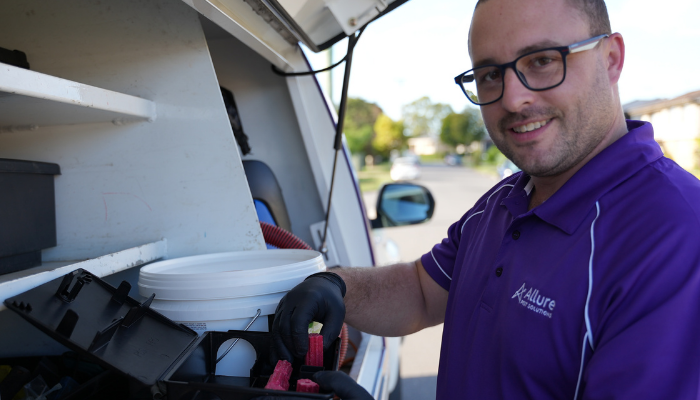From the very beginning of urbanisation rats and mice have been a significant problem for mankind. This is due to several factors including: contamination of food sources with urine and faeces, damage to buildings and electrical wiring by gnawing, and in the past, spreading plague riddled lice throughout populations.
So, let’s have a look at how we as pest management technicians control rodents in and around your home, specifically with baiting.

What are rodenticides? Rodenticides are poisons that have been developed into blocks or baits specifically for the control of rats and mice. These rodenticides fall into two categories, anti-coagulants and non-anti-coagulants such as zinc phosphide, cholecalciferol, bromethalin and strychnine. These rodenticides have all been approved by the Australian Pesticides and Veterinary Medicines Authority (APVMA) and have varied uses. Use case is based on the type of poison and the risk posed to humans and non-target species such as cats, dogs etc.
How do they work?
Anti-coagulant: This type of rodenticide works by preventing the clotting process, causing internal and external bleeding, typically causing death 5 to 10 days after the rodent has eaten a lethal dose.
Non-anti-coagulant: The main type used is Cholecalciferol, which affects a key regulator of calcium levels in the blood which causes hypercalcemia at toxic doses. The mean time of death is 2.8 days with 100% mortality at day 3.
How do we make this safe for you, your children and pets to be around?
Well, simply we place the rodenticide in a lockable station. Gone are the days of cardboard boxes or simply dumping baits. This prevents non target species from accessing the baits. The stations themselves are also secured to the area by a chain or screws to prevent them being tampered with.
Do I need to keep getting them checked?
It is important to have your stations regularly checked, as an empty station is a wasted station. A licensed pest technician will be able to tell you how frequently to have them inspected based on infestation levels, frequency of baits being consumed etc.